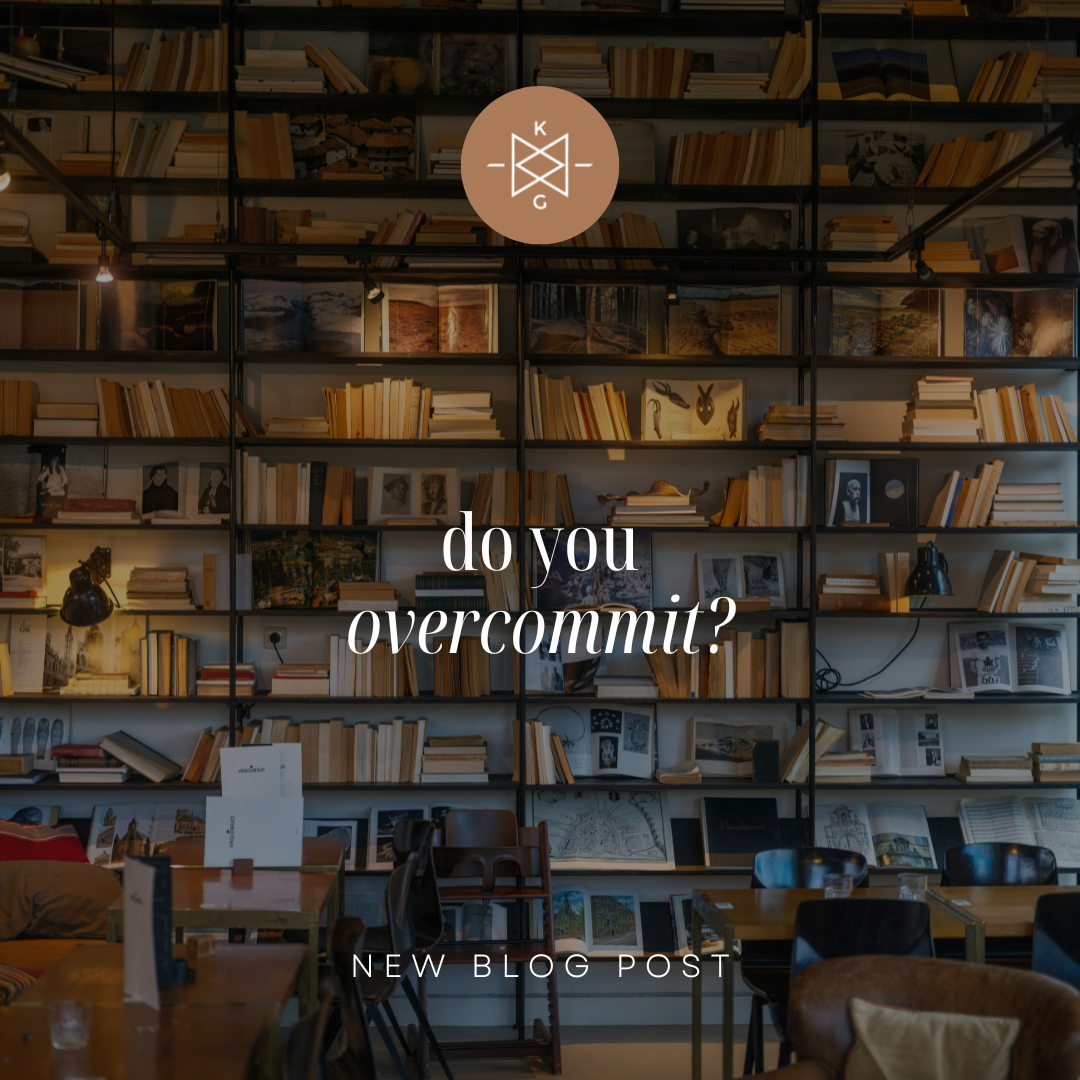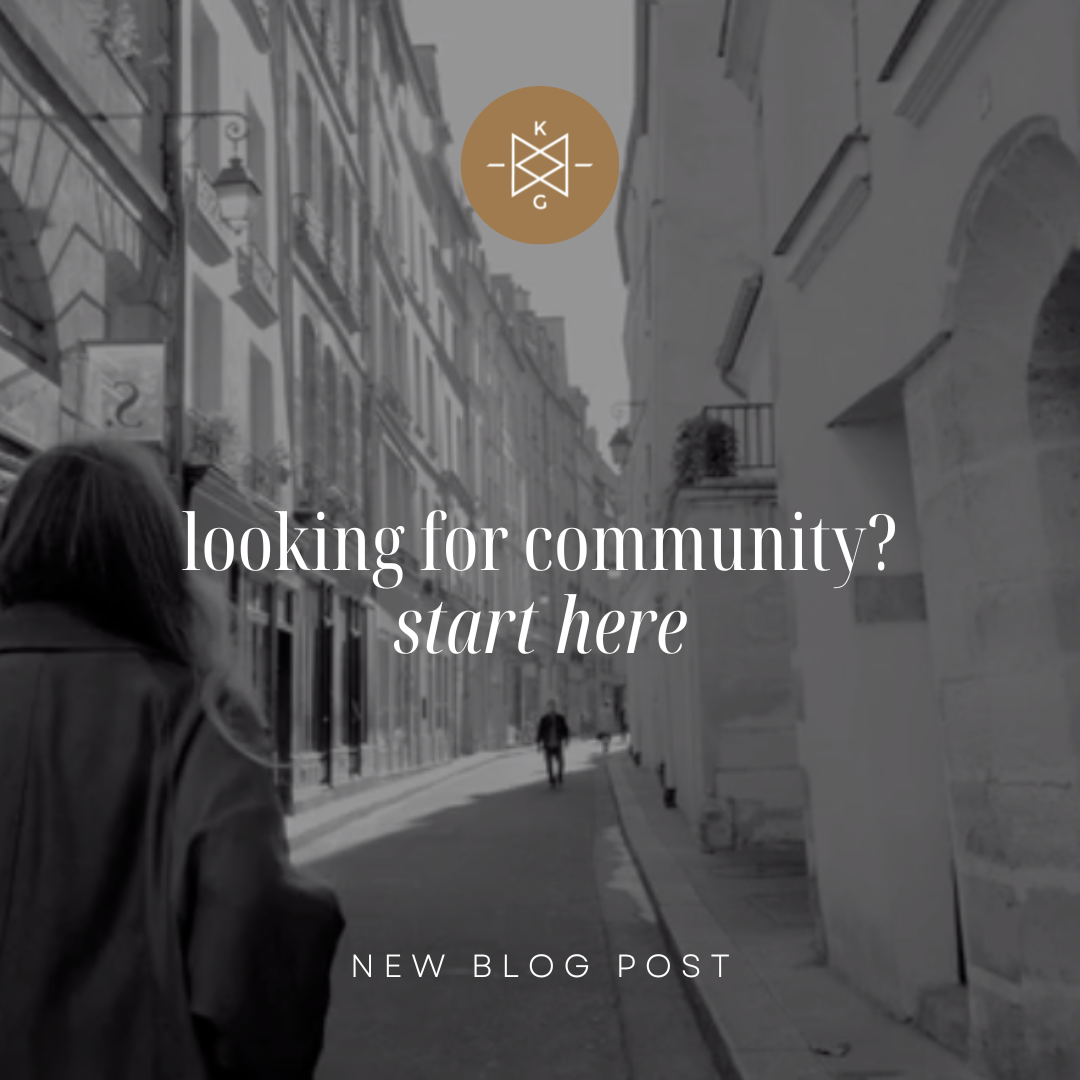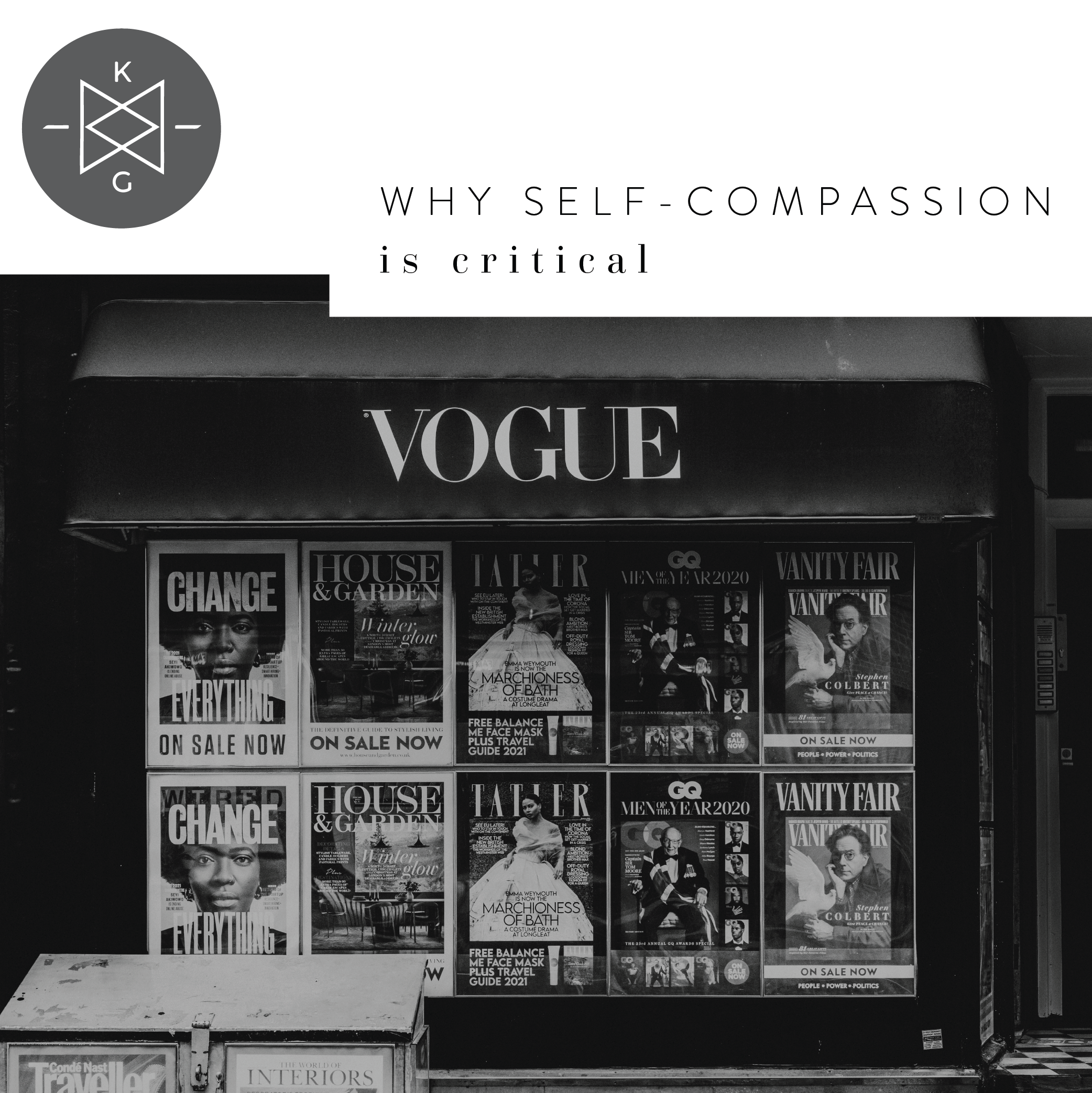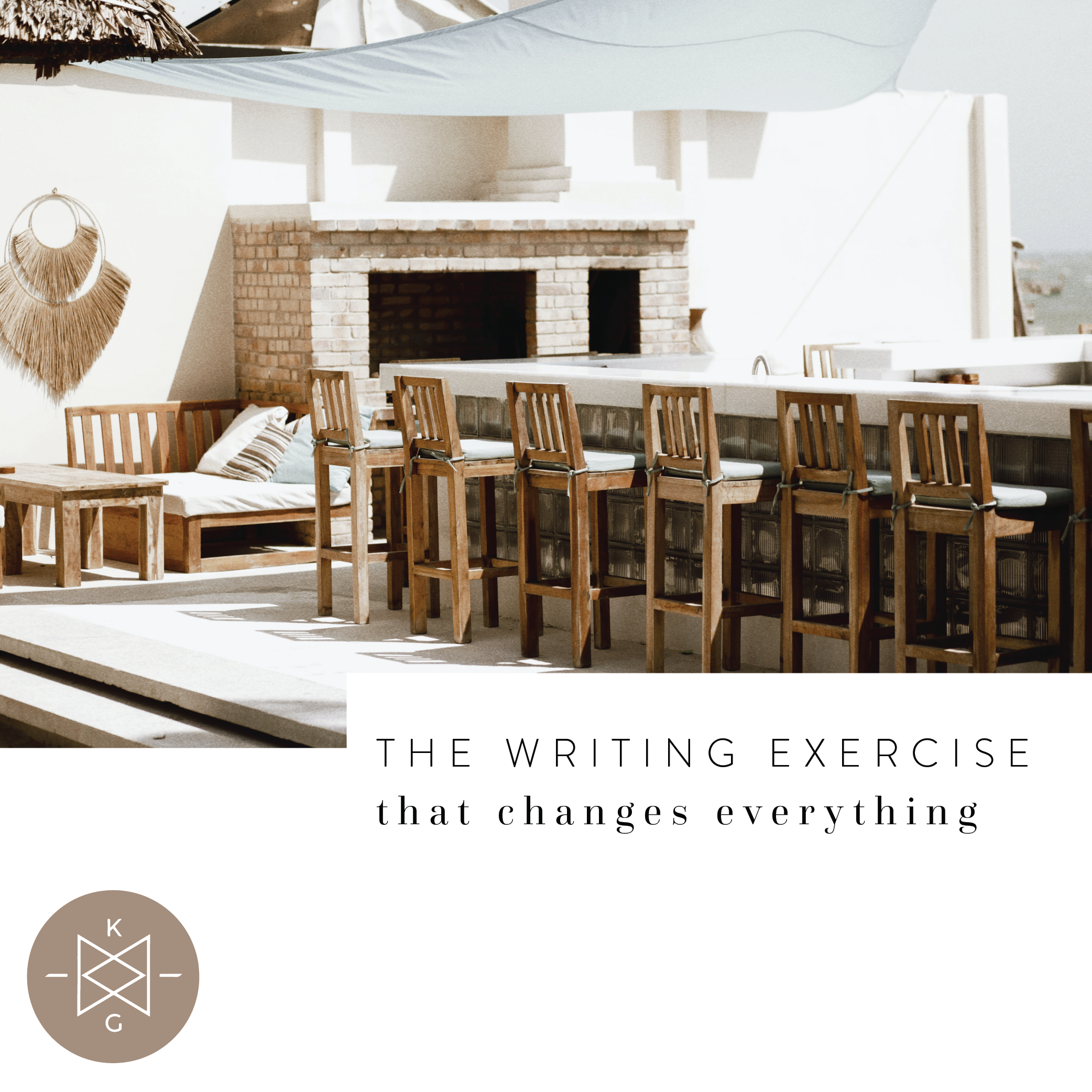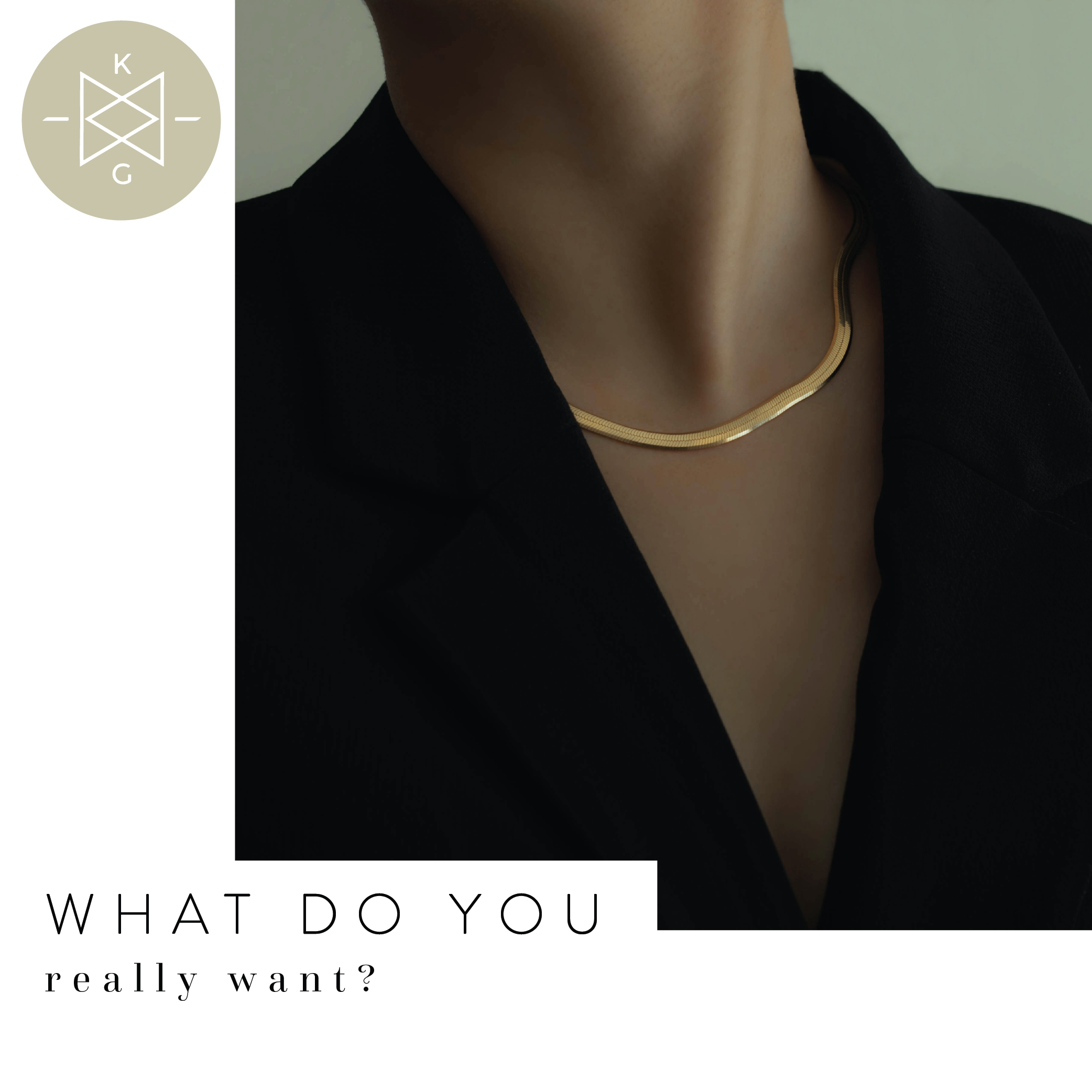
The Blog
Recently Featured
All Blogs
My Cancer Story: Part One
“Consider each day a miracle, which indeed it is when you consider the number of unexpected things that could happen in each second of our fragile existences.”
- Paulo Coelho
On April 13, I went for a breast biopsy to test a lump I’d found back in January. Thinking I’d get out of there unscathed with news of nothing more than a benign mass, I felt confident, like I was going through the motions to prove my overall excellent health triumphant.
“It’s probably just a scare,” I thought.
As I sat in the biopsy room with Dr. Lisa Bellin, the breast specialist, I picked up on a much different—sober—energy, I sat stunned and fuzzy, as she told me she was nearly certain it was cancer. In that moment, I cried the only tears I’d cry for several weeks to come.
Two days after that emotional biopsy, I received a call from a kind and direct Dr. Bellin conveying her proven hunch. Her voice was low and matter of fact, “it’s cancer.”
Damn.
In the coming weeks, I’d stay comfortably numb in an extra busy-bee-hopped-up-on coffee kind of way. Hell, I was fighting, fleeing, and freezing all at once. The shock of such news kicked it all up in a swirl of defenses.
You know those moments in life that usher in new realities? They catalyze an overhaul you may or may not have wanted or expected? It’s that threshold where the life you’ve known will undoubtedly never be the same.
This was that.
Thankfully, God orchestrated the most incredible medical and support team around me in a matter of days. I knew they wanted to move fast, but I didn’t know just how fast that would be. On Wednesday, May 26th, I underwent a double mastectomy with reconstruction at St. Thomas Hospital West in Nashville, TN.
Due to family history of breast cancer on both sides and the recent news of a genetic mutation I’d tested positive for, all parties involved suggested I go this route to decrease my already high chances of future breast cancer.
Hot tears streamed down my face as I left my sister, mom, and husband in the family waiting room the morning of surgery. I was finally thawing out as I made my way back to pre-op.
Thankfully, it was only about 2 hours from then until the anesthesiologist led me down the path to a gloriously unconscious place. I stayed there until 10am the next morning when I awoke to a jarring line of questioning I’d memorize over the next two days: What is your name? Date of birth? Pain level on a scale of 1-10?
Both surgeries lasted about 5 hours. For the most part, they were successful, praise God.
Fast forward to today: I’ve spent the last two weeks slowly recovering at home. It’s been one of the hardest things I’ve ever experienced in my life. Even with drugs. However, the love, prayers, meals, texts, email, stories, flowers, and overall healing energy felt from friends and family have been overwhelming in the best sense of the word.
It’s been a picture of just how palpably healing our human connection is.
For this I am grateful beyond words and you will never know how sustaining this has been for my weary and fearful heart, mind, and body—every step of the way.
I’ve grappled with whether or not to share this news on the blog and social media. My ego does’t want to come off contrived or attention-seeking, you know? And yet, as an Enneagram 4, it’s quite painful to sit in the space of my story’s silence. Like Maya Angelou said, “There is no greater agony than bearing an untold story inside you.” I’ve felt a ping of that for sure.
Also, I wish I’d known more about the delicate complexities of breast cancer going into it. Hopefully, I can be illuminating on some level for those who may be up against a similar beast. This is just the onset of this journey as I’m committed to continued research and sharing.
And so I start by sharing this new chapter of my story with you because it is how I stay in integrity and alignment with the woman I’m becoming. It’s a chrysalis for sure—and one that I’m finding unexpected joy and purpose in.
I hope and pray that as I continue to share bits of this health journey with you, it will unlock a safe space for you to be honest, ask questions, and hopefully learn alongside me as I continue to advocate for my health, and that of other women choosing to do the same.
My heart is full knowing that I’m not alone on this journey. Not only that, but I’m not in control. There is something bigger, greater, and supremely Loving steering the ship.
Pivoting from Vice to Virtue
“Personal growth is not a matter of learning new information, but of unlearning old limits.“
- Alan Cohen
How does self-awareness lead to personal transformation? This is a question I hear often. The answer is simple yet complicated. Each of us internalize messages in childhood that shape our beliefs and impact what methods we use to get our needs met. We adopt these automatic patterns of thinking, acting and feeling and rarely question whether they still work for us as adults.
What does this have to do with transformation? Well, first, self-awareness gives us the capacity to take an honest look at our lives and learn where we need to focus in order to grow. The Enneagram helps us unearth the why behind the beliefs that drive us and what our habitual patterns of behavior are. This, in turn, helps us zero in on where we need change.
And, as I am all about practice—and application—of the Enneagram, one of the best ways to use this tool for everyday transformation is called the Vice-to-Virtue pivot.
The Vice, or passion, is the emotional habit we get stuck in when operating in personality, or ego. It’s the emotional expression of our type. This habit is often unconscious—we barely even know we do it.
Each type also has a virtue, or invitation to higher essential goodness. The idea here is to become aware when we are operating in our lower personality passion in order to pivot and choose to open up to your types virtue.
Our vice and virtue work together. Essentially, understanding both our vice and our virtue allows us to evolve beyond the entrapments of our personality type. Remember, the Enneagram is not meant to box you into a type. It wants to show you your type so you can grow beyond the limiting parts of it.
So, how do you pivot from vice to virtue? This requires self-observation, self-awareness and a commitment to personal growth. When you commit to self-observation and focus on identifying your triggers and the compulsive patterns of your behavior, your virtue shows up on its own. You become more receptive and the space for growth emerges.
This week, take a moment to reflect on your Enneagram type’s passion and virtue. What are they? Where do you see both of them show up? When you notice your compulsive patterns of behavior being triggered, how can self-observation allow you to pivot and lean into your virtue instead?
Why Self-Compassion is Critical
“When we give ourselves self-compassion, we are opening our hearts in a way that can transform our lives.”
- Kristin Neff
As you know, I believe self-care is crucial to not only our emotional well-being but our physical health as well. Developing a daily self-care practice is meant to help you grow and evolve over time. It’s about learning to relate to yourself with kindness and understanding, no matter what life throws at you. From that place of love and alignment, we make choices that reflect self-respect and care—choices that are life-giving and nourishing.
When I talk about self-compassion, it’s important to understand what it is as well as what it isn’t. There are so many myths about self-compassion that keep us from buying in, so I want to take a moment to bust those up.
Myth #1: Self-compassion makes us lazy or ineffective.
Wrong. Neuroscience proves that self-compassion has a motivating effect on our brain, creating the perfect petrie dish for change, learning, and resilience. Shame, rather than self-compassion, shuts down parts of the brain responsible for motivation, change, and learning.
Myth #2: Self-compassion is selfish
Wrong again. If you’ve ever flown on a plane, you’ll recall the flight attendant’s schpeel about putting on your oxygen mask before that of others. Similarly, self-compassion is one of the most loving things we can do for others because it allows us to fill our cup in order to pour out to the ones we love the most. Studies have shown that marriages where the partners practice self-compassion are much more satisfying and successful than marriages where there is self-criticism and shaming.
Myth #3: Self-compassion is irresponsible
Aaaaand….wrong. Self-compassion allows us to be with ourselves in a kind and loving way and assess any mistakes or wrongdoing we have made. From this place of compassion, we are more likely to apologize and not make the same mistake. Again, when we self-flagellate, we tend to sit in guilt and shame longer, creating more stress on the situation than when we accept what’s been done and move on to choose something more loving the next time.
So, today, I invite you to think about an area of your life where you need more self-compassion. Is there a situation that you need to extend some compassion or forgiveness to yourself?
Take a few minutes to think about this deeply and honestly. And, since so much healing can happen through writing down our thoughts, I even encourage you to write about this in your journal.
The Writing Exercise That Changes Everything
“Whatever we resist persists.”
- Carl Jung
When was the last time you wanted to confront an issue with someone but didn’t know how? Perhaps it felt too scary or threatened connection with that person? Avoiding conflict is an easy habit to fall into, especially if you’re a people pleaser like me.
And yet we know that honesty is so important. When I learned that people-pleasing was, in fact, just another form of dishonesty, I decided I needed to shift my mindset around “speaking straight,” as I like to call it.
However, there are times when honest conversation is not so helpful. The other person may not be able to give you the thoughtful response you’re looking for. In fact, it might be downright dangerous to initiate this form of transparency with the person who has caused you pain.
Whether you’re dealing with fear around confrontation or a not-so-safe situation where a clear conversation may be counterproductive, this writing exercise is a game-changer.
I’m talking about letter writing. It’s an effective and painless way to process difficult emotions or experiences you have with someone…even yourself.
The best part? You can be brutally honest, working out past or present frustrations, and mentally, emotionally, and even physically manage situations that feel overwhelming.
How does it work? You simply put everything you need to say to someone down in letter-format. You can write several drafts, starting out unfiltered and rounding it out with a bit more tact. And, you get to decide if it’s worth sending the letter or not.
This is so effective because YOU get to step into your power by saying all you need to say—for YOU. When we can let go of the outcome and make this all about processing negative feeling emotions towards another person, we take responsibility of our process and slide into the driver seat of life.
We shift from the victim to the hero of our story.
Sure, you can send the letter if you want. But again, the secret sauce is in owning your power by letting go of outcomes and taking responsibility of your experience. This exercise becomes more about a healthy way to process difficult experience and less about manipulating or fixing what’s been lost, even if you are in the right.
So, who do you need to write a letter to? What do you need closure or clearing around?
Grab a pen and some paper and let’s get to it…
What Do You Really Want?
“Desire is the starting point of all achievement, not a hope, not a wish, but a keen pulsating desire which transcends everything.”
- Napoleon Hill
What’s stopping you from doing what you truly desire? In my experience, it is much harder to do what I truly desire when I’m acting as my own worst enemy.
However, when I get out of my own way and start playing for instead of against my team, big things happen. It’s up to me to get out of my own way and embrace the responsibility of loving and taking care of myself.
Perhaps the greatest tool alongside therapy that has equipped me to do this is the Enneagram. It has been a steady companion, giving me the language to express lonely truths I thought were mine alone, as well as reasons for doing the clumsy things I do so often.
The Enneagram has gently shown me all the ways I wear false--if not fashionable--masks of personality to protect myself from being truly seen and perhaps rejected. It has shown me the great potential that awaits (when I do step out of my own way).
You may know about the Enneagram, and if so, I’m grateful. It’s not just a buzz word or cool kid trend. In fact, it’s so ancient experts can’t quite nail down its conception. It has stood the test of time, and I’m thrilled more and more people are bringing it into their homes, relationships, and dinner conversations.
As we gear up for summer, let’s take the time to become our own best friend…to connect back to the little girl who only knows love and has no clue how to lie or be afraid or confuse success with love.
If this feels wildly out of reach and too esoteric, don’t worry, you’re not alone, I’d love to support you in your desire to truly thrive. I’ve got a killer roadmap to get us there.
You ready? Join me in the Practice.
